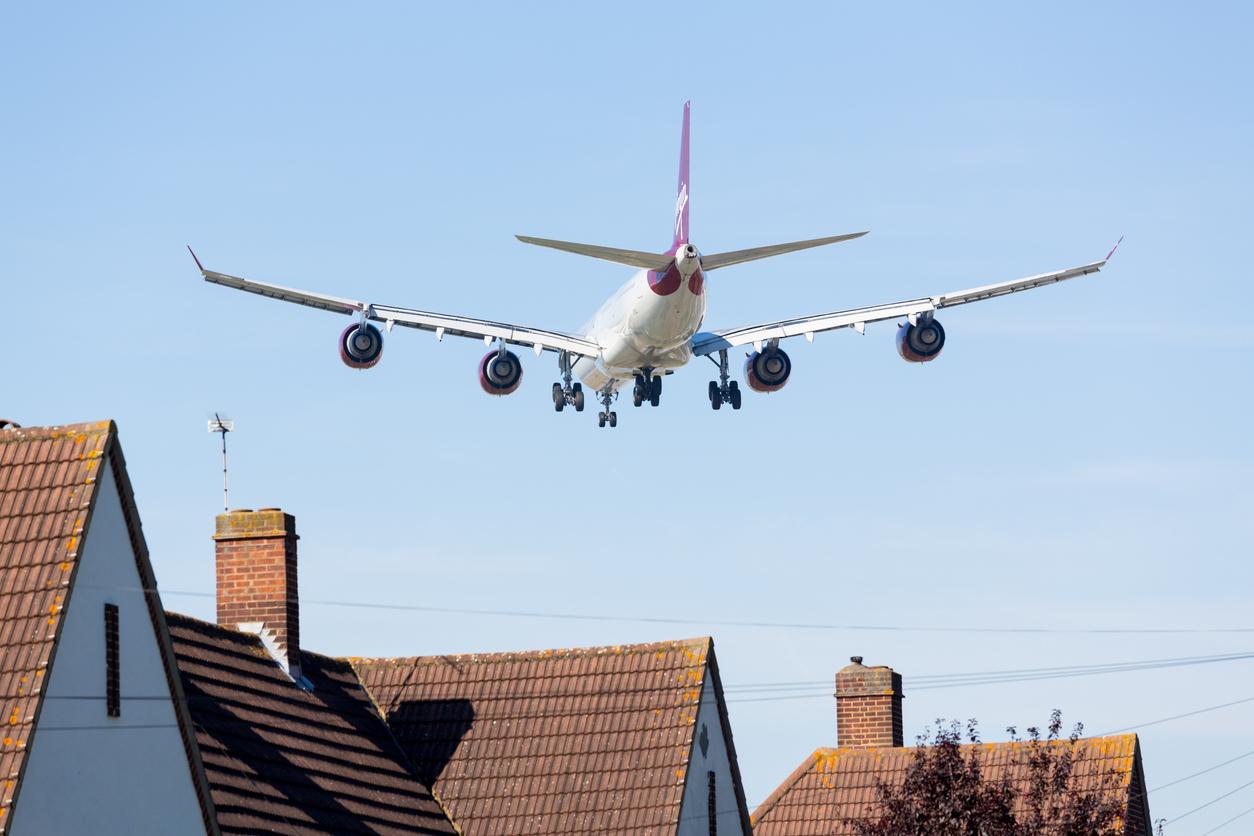After an unexpected calm linked to confinement, the capital is slowly coming back to life. A return of activity which brings with it more noise.

Paris is waking up from its confined torpor as its inhabitants rediscover… noise. After nearly two months of calm nights and waking up to birdsong, Parisians are gradually returning to a capital noise level still far from its pre-health crisis situation. according to a Bruitparif study published at the end of May.
From their windows, they hear the melody of deconfinement which sounds like the roar of cars. During the isolation phase, the noise decreased by 5.5dB(A) during the day and 8.4dB(A) at night, values which correspond, according to Bruitparif, to a drop of 68% in sound emission and 84 %. This amounts to dividing by 3/5th or 4/5th the sound pressure and much more circulation since, according to Bruitparif, the sources of noise do not add up arithmetically. If two noise sources of identical value are close together, the noise level increases slightly, so ten cars cause approximately the same noise pollution as a truck. However, a car driving near a truck will not be heard because its sound pressure will be “masked” by the latter much louder than her.
The deconfinement in intramural Paris has caused the return of traffic, which is certainly moderate but which is heard. Thus the sound level between May 11 and 31 was lower by 2.2dB(A) during the day and by 3.8dB(A) at night compared to the usual noise, which corresponds to a sound pressure reduced from 40 to 58 %. A net variation of 28pt during the day and 16pt at night compared to confinement.
Nightlife resumes but at lower levels
With regard to the nightlife of the eight Parisian “lively districts” measured by Bruitparif, the deconfinement has had a diverse impact. On the one hand, ‘natural’ spaces such as the Bassin de la villette (19th century), the Canal Saint-Martin (10th century) and the Port de la Gare (13th century) have largely exceeded their pre-crisis noise level. The weather effect and the ‘open’ setting must certainly add to the attractiveness of these places in these conditions of release from confinement. However, according to Bruitparif, the sound level of the Canal Saint-Martin, during the first three weeks of deconfinement between 10 p.m. and 2 a.m., is lower compared to the same period in 2019. Overall this drop is -8.9dB(A ) i.e. nearly -87% noise emissions, and on Friday and Saturday evenings -4.5dB(A), i.e. -64%. At Port de la Gare (12th arrondissement), this variation is -4.6dB(A) overall and -4.9dB(A) on Friday and Saturday evenings. Unfortunately, the association does not have this data for the Bassin de la Villette.
The Halles district (1st), Austerlitz-La Rapée (12th-13th), the Butte aux Cailles district (13th) and the red children’s districts (3rd) are slowly resuming their animation but at lower levels compared to before confinement and the year 2019. A single exception in Paris far from water and greenery: Place Sainte-Catherine (IVe) which has become the liveliest district of Paris out of the seven others studied by Bruitparis. It is almost back to its sound level of last year. The reason ? Certainly the reverberation of the walls around this small square. As for Les Halles, the noisiest district before the crisis, it is far from regaining its animation of yesteryear during the first three weeks of deconfinement. Paris has not yet become a party again.
.















